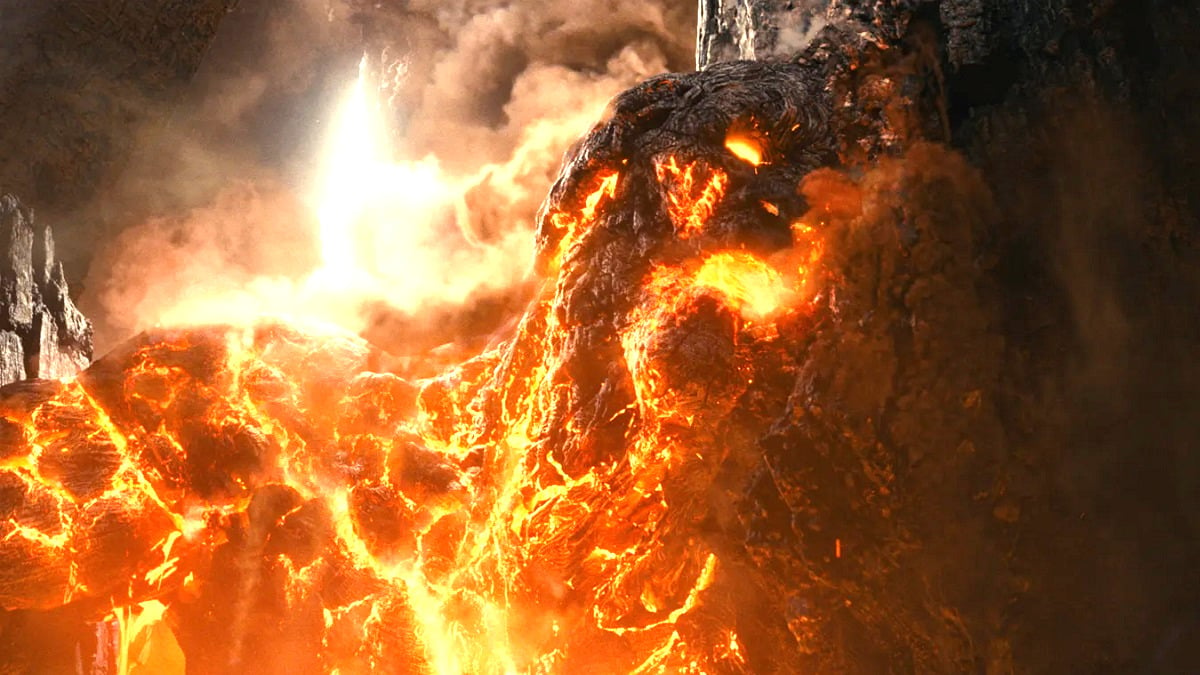All of the splashy visual effects in the world aren’t a substitute for a paper-thin story full of stiff acting, one-note characters, and a predictable plot that takes the protagonist from A to B without much incident other than an action sequence or two, so it’s a damning indictment that Wrath of the Titans failed to improve upon an opening installment that was hardly riveting in its own right.
On the plus side, Jonathan Liebesman’s follow-up to Louis Letterier’s opener wasn’t as shoddily converted to 3D as Clash of the Titans, a cynical move to cash in on the post-Avatar desire to milk the extra dimension for every penny, but the reviews were worse and it ended up earning almost $200 million less at the box office.
As you may have guessed from the title, Sam Worthington’s Perseus was out to exact his wrath on the titular deities this time around instead of clashing with them, but when Liam Neeson’s Zeus is betrayed and held captive by Ralph Fiennes’ Hades, the demigod needs to dust himself off and dive back into the fight in order to save the world from being destroyed by Kronos.

It can’t be denied that every penny of the $150 million budget is right up there on the screen for all to see, but throwing as many pixels at the wall as humanly (or inhumanly) possible in the hope it’ll be enough to get audiences invested doesn’t quite cut it.
That being said, Wrath of the Titans has managed to vanquish the competition on streaming and return to prominence, per FlixPatrol. The monotonously dull slog through the underworld has ascended to 10th position on the HBO Max most-watched list in the United States, a small victory for a movie that’s long since faded from memory.

